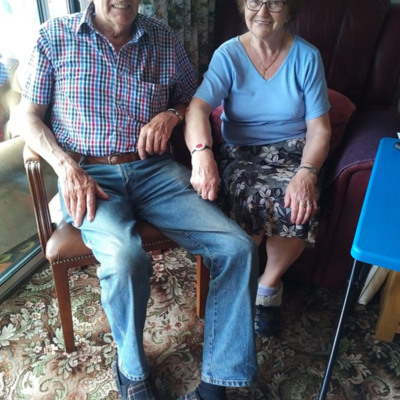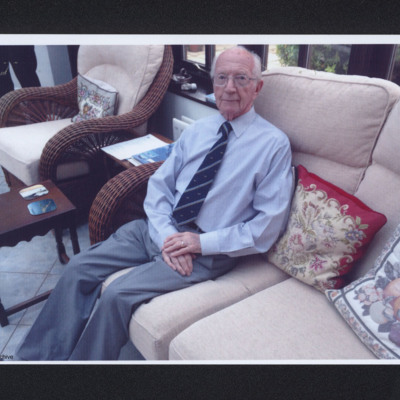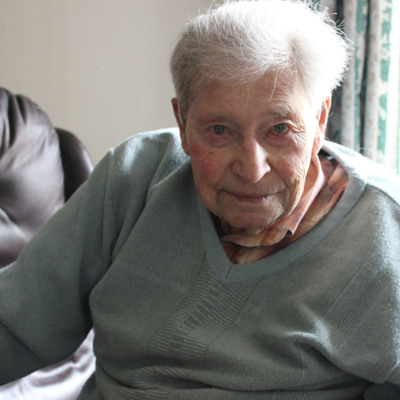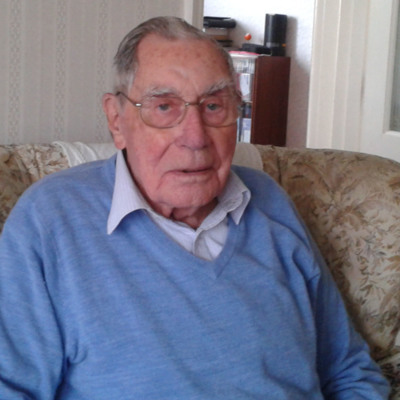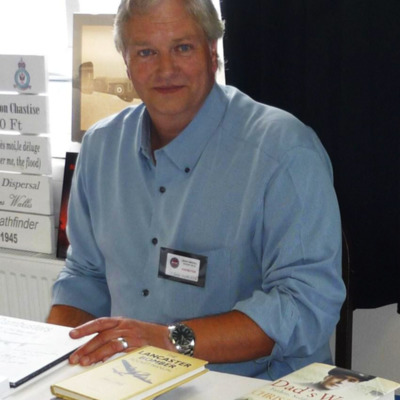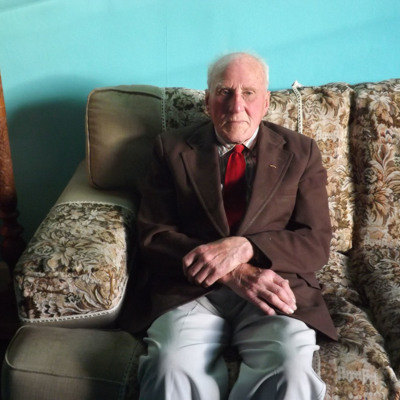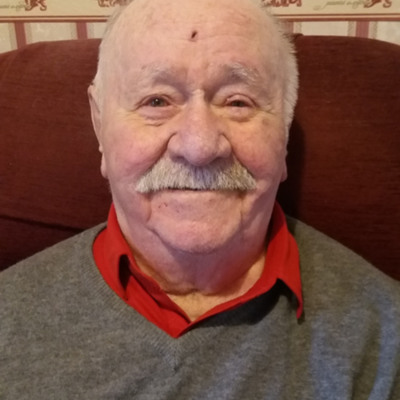Browse Items (1507 total)
- Tags: Halifax
Joseph Wilson's observer's and air gunner's flying log book
Tags: 102 Squadron; 1652 HCU; 1663 HCU; 20 OTU; 624 Squadron; 76 Squadron; Advanced Flying Unit; Air Observers School; aircrew; Anson; Blenheim; bomb aimer; bombing; C-47; Halifax; Heavy Conversion Unit; Me 109; mine laying; Operational Training Unit; Oxford; RAF Holme-on-Spalding Moor; RAF Linton on Ouse; RAF Lossiemouth; RAF Penrhos; RAF Pocklington; RAF Rufforth; RAF Tempsford; training; Wellington
Cyril Charles Goff's pilot’s flying log book. One
Tags: 100 Squadron; 1667 HCU; 81 OTU; Advanced Flying Unit; air sea rescue; aircrew; bombing; Bombing of Peenemünde (17/18 August 1943); Flying Training School; Halifax; Halifax Mk 5; Heavy Conversion Unit; killed in action; Lancaster; Lancaster Mk 1; Lancaster Mk 3; missing in action; Operational Training Unit; Oxford; pilot; propaganda; RAF Grimsby; RAF Lindholme; RAF Newton; RAF Shawbury; RAF Sleap; RAF Tilstock; Stearman; Tiger Moth; training; Whitley
David Storey's observer’s and air gunner’s flying log book
Tags: 10 OTU; 11 OTU; 1663 HCU; 19 OTU; 26 OTU; 51 Squadron; Air Observers School; aircrew; Anson; bombing; bombing of Hamburg (24-31 July 1943); bombing of Kassel (22/23 October 1943); Bombing of Peenemünde (17/18 August 1943); Halifax; Heavy Conversion Unit; Me 109; navigator; Operational Training Unit; promotion; RAF Abingdon; RAF Kinloss; RAF Rufforth; RAF Snaith; RAF Westcott; RAF Wigtown; RAF Wing; training; Wellington; Whitley
David Philip Storey's operations
This item was provided, in digital form, by a…
Tags: 158 Squadron; 51 Squadron; aircrew; anti-aircraft fire; bombing; bombing of Hamburg (24-31 July 1943); bombing of Kassel (22/23 October 1943); Bombing of Peenemünde (17/18 August 1943); fear; Gee; Halifax; Halifax Mk 2; Halifax Mk 3; Heavy Conversion Unit; Me 109; navigator; Operational Training Unit; Pathfinders; radar; RAF Abingdon; RAF Kinloss; RAF Lissett; RAF Pocklington; RAF Rufforth; RAF Snaith; RAF Worksop; training; V-1; V-2; V-weapon; Wellington; Window; wireless operator
Letter to Frances Grundy from Doug Worrad
Tags: 192 Squadron; Anson; Halifax; love and romance; Tiger Moth
Letter from Group Captain C.D.V Willis to Air Vice Marshal E B Addision
Tags: 100 Group; 192 Squadron; Halifax; RAF Foulsham; RAF Staverton
Application for temporary release
Tags: 100 Group; 149 Squadron; 156 Squadron; 192 Squadron; 3 Group; 57 Squadron; Halifax; Halifax Mk 3; Halifax Mk 5; Heavy Conversion Unit; Hudson; Lancaster; Lancaster Mk 1; Lancaster Mk 3; Operational Training Unit; Oxford; Pathfinders; RAF Brize Norton; RAF Evanton; RAF Faldingworth; RAF Feltwell; RAF Foulsham; RAF Hampstead Norris; RAF Harwell; RAF Lindholme; RAF Mildenhall; RAF Warboys; RAF West Raynham; training; Wellington
Letter from David Donaldson to Air Historical Branch Air Ministry
Tags: 100 Group; 192 Squadron; bombing; Halifax; Lancaster
Letter from Hank Cooper to Norman Donaldson
Ronald Bailey's flying log book
Tags: 158 Squadron; 1666 HCU; 425 Squadron; 90 Squadron; aircrew; bombing; bombing of Luftwaffe night-fighter airfields (15 August 1944); Cook’s tour; flight engineer; Halifax; Heavy Conversion Unit; Lancaster; Normandy campaign (6 June – 21 August 1944); RAF Lissett; RAF Stradishall; RAF Tholthorpe; RAF Tuddenham; RAF Wombleton; Stirling; tactical support for Normandy troops; training
David and the RAF
Tags: 100 Group; 149 Squadron; 15 OTU; 156 Squadron; 1667 HCU; 192 Squadron; 3 Group; 57 Squadron; aircrew; Anson; Bennett, Donald Clifford Tyndall (1910-1986); bombing; crash; Distinguished Flying Cross; Distinguished Service Order; FIDO; forced landing; Gee; Halifax; Halifax Mk 3; Heavy Conversion Unit; Hudson; Ju 88; Lancaster; Me 109; Mosquito; Operational Training Unit; P-38; Pathfinders; pilot; propaganda; RAF Brize Norton; RAF Evanton; RAF Faldingworth; RAF Feltwell; RAF Foulsham; RAF Hampstead Norris; RAF Harwell; RAF Lindholme; RAF Mildenhall; RAF Warboys; RAF West Raynham; target indicator; training; Wellington; Window
Michael Beetham's pilot's flying log book. One
Tags: 50 Squadron; 57 Squadron; aircrew; Anson; bombing; bombing of Nuremberg (30 / 31 March 1944); bombing of the Juvisy, Noisy-le-Sec and Le Bourget railways (18/19 April 1944); bombing of Toulouse (5/6 April 1944); Halifax; Ju 88; Lancaster; Lancaster Finishing School; Lincoln; Normandy campaign (6 June – 21 August 1944); Operation Dodge (1945); Operation Exodus (1945); Oxford; pilot; RAF Church Lawford; RAF Cottesmore; RAF Desford; RAF East Kirkby; RAF Hunmanby Moor; RAF Market Harborough; RAF Morton Hall; RAF Skellingthorpe; RAF Swinderby; RAF Syerston; RAF Wigsley; Stearman; Tiger Moth; training; Wellington
Interview with Helga Wynne and Gordon Atkinson
Interview with David Wilkie
Interview with Archie Weir
Interview with Lacey Peter Webb
Interview with John Robert Watson
Tags: 12 Squadron; 156 Squadron; aircrew; bombing; crash; Distinguished Flying Medal; fear; flight engineer; Halifax; lack of moral fibre; Lancaster; Master Bomber; mid-air collision; military ethos; Pathfinders; RAF Faldingworth; RAF Ouston; RAF Warboys; RAF Wickenby; recruitment; searchlight; training; Wellington
Interview with Stephen Walker
Interview with Henry Wolfe Wagner. One
Interview with Arthur Vickers
Interview with Ken Turnham
Interview with Kenneth William Trueman
Tags: 640 Squadron; aircrew; bale out; bombing; bombing of the Normandy coastal batteries (5/6 June 1944); crash; crewing up; evading; final resting place; Gee; ground personnel; H2S; Halifax; intelligence officer; lack of moral fibre; navigator; Normandy campaign (6 June – 21 August 1944); RAF Halfpenny Green; RAF Leconfield; RAF Llandwrog; RAF Lossiemouth; Resistance; Scarecrow; Schräge Musik; shot down; training; V-1; V-weapon

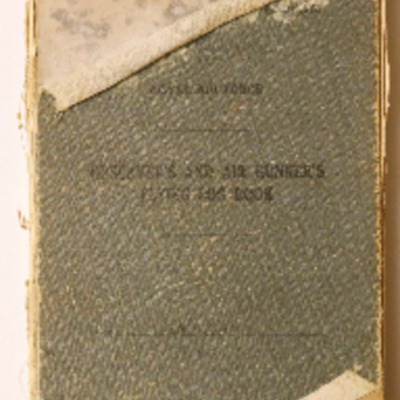
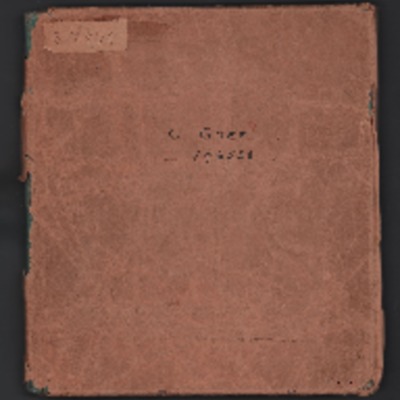
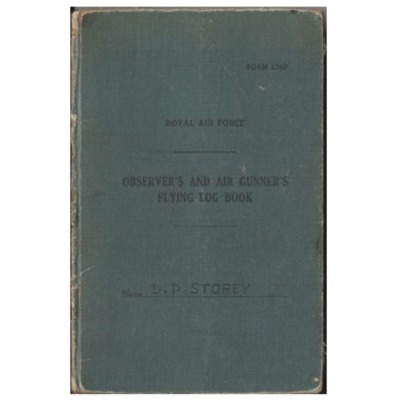
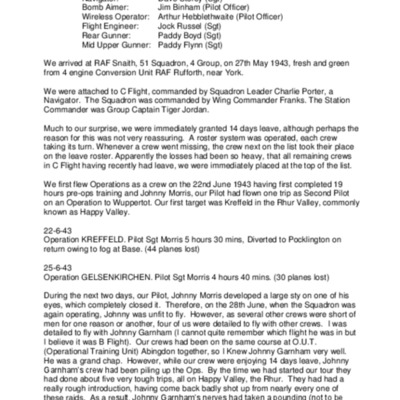
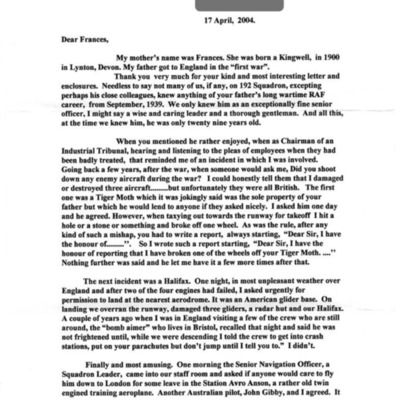
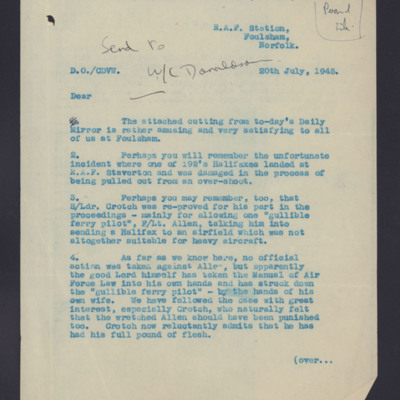

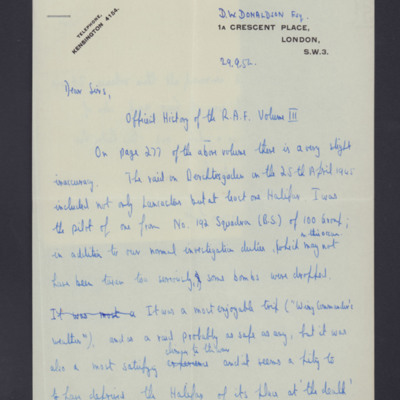
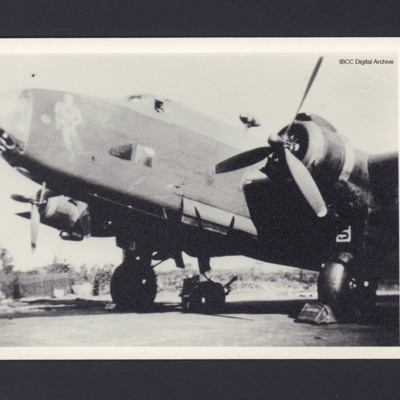

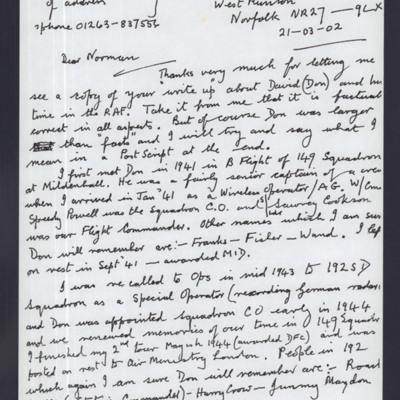
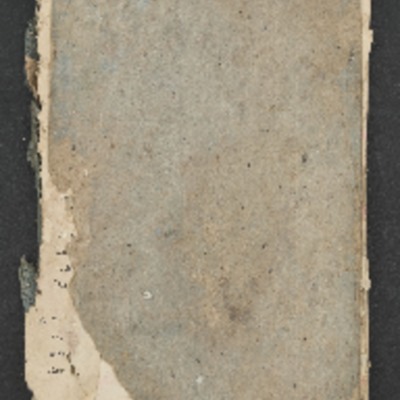
![[1]DAVID AND THE RAF2 (2).pdf [1]DAVID AND THE RAF2 (2).pdf](https://ibccdigitalarchive.lincoln.ac.uk/omeka/files/square_thumbnails/1213/11929/[1]DAVID AND THE RAF2 [2].jpg)
![LBeethamMJ[Ser#-DoB]v1.pdf LBeethamMJ[Ser#-DoB]v1.pdf](https://ibccdigitalarchive.lincoln.ac.uk/omeka/files/square_thumbnails/704/11815/LBeethamMJ[Ser -DoB]v1.jpg)
